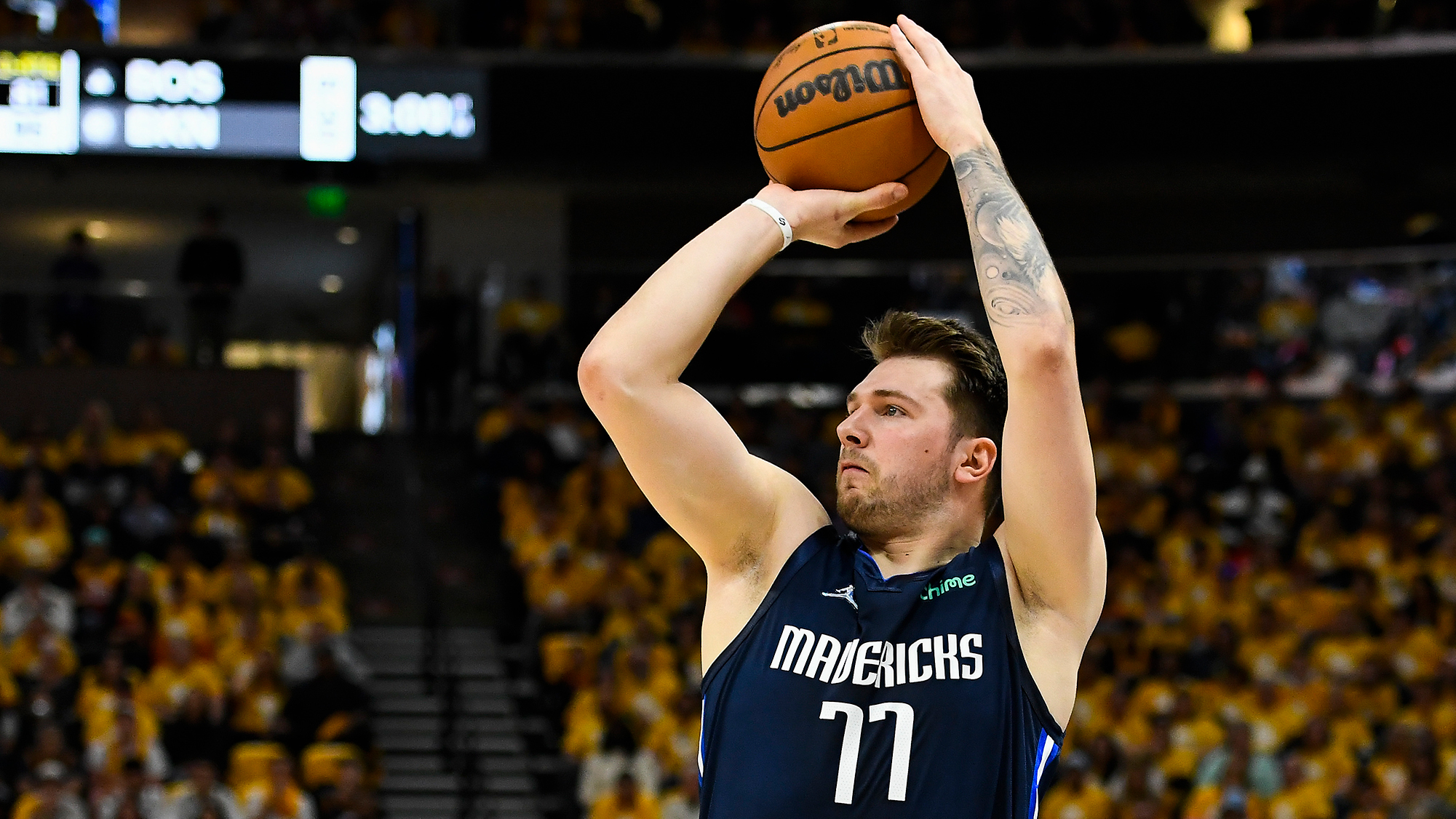Profit Margins for Sports Networks Drop Despite High Ratings, Ad Gains
S&P’s Kagan unit sees decline continuing through 2025

While live games continue to attract some of television’s largest audiences, profit margins for U.S. sports networks dropped in 2021 and are expected to continue to deflate through 2025, according to Kagan.
Kagan, a media research group within S&P Global Market Intelligence, said that the cash flow margin for sports networks was 25.3% in 2021 and projects it will plunge to 14.7% in 2025, as costs increase and subscribers cut the cord.
For all basic cable networks, Kagan estimates the average profit margin was 39.7% in 2020 and sees it dropping to 31.2% in 2025.
The decline in profit margins comes despite ad revenues rising and sports cable networks charging cable operators some of the highest carriage fees in the industry.
Kagan says net ad revenues for the top 20 sports-related basic cable networks increased by 13.2% in 2021. Ad revenues fell 23.2% in 2020 when sports leagues canceled games because of COVID-19.
The highest programming fee in the industry goes to Disney’s ESPN, which Kagan estimated at $8.15 per subscriber per month. That rate has been going up 45.6% per year for the past 10 years. But Kagan estimates that ESPN's cash flow margin peaked in 2011 at 41.5% and has since declined to an estimated 25.1% in 2021. ESPN is projected to see margins dip into the single digits as soon as 2023.
TNT, now part of Discovery, generated $2.78 per subscriber. Also getting more than $1 per sub are NFL Network, USA Network, TBS, Fox Sports 1 and ESPN2, according to Kagan.
The smarter way to stay on top of broadcasting and cable industry. Sign up below
The reasons for the profit margin squeeze are higher rights fees and declining subscriber numbers.
Right fees have risen faster than inflation, Kagan says. Current contracts for major sports leagues bring in about $15.5 billion per year. Programmers will try to continue to pass rate increases onto cable operators and consumers. Kagan says this could amount to as much as an additional $15 a month per subscriber.
Total subscribers to bundles of live linear networks across traditional and virtual multichannel video programming distributors (MVPDs) dropped by 4.6 million, or 5.1% in 2021.
Kagan notes that the networks are not the only businesses experiencing shrinking profit margins. Multichannel operators have seen declining margins on video offerings in the past decade as more people cut the cord in the face of rising program expenses. ■
Jon has been business editor of Broadcasting+Cable since 2010. He focuses on revenue-generating activities, including advertising and distribution, as well as executive intrigue and merger and acquisition activity. Just about any story is fair game, if a dollar sign can make its way into the article. Before B+C, Jon covered the industry for TVWeek, Cable World, Electronic Media, Advertising Age and The New York Post. A native New Yorker, Jon is hiding in plain sight in the suburbs of Chicago.

